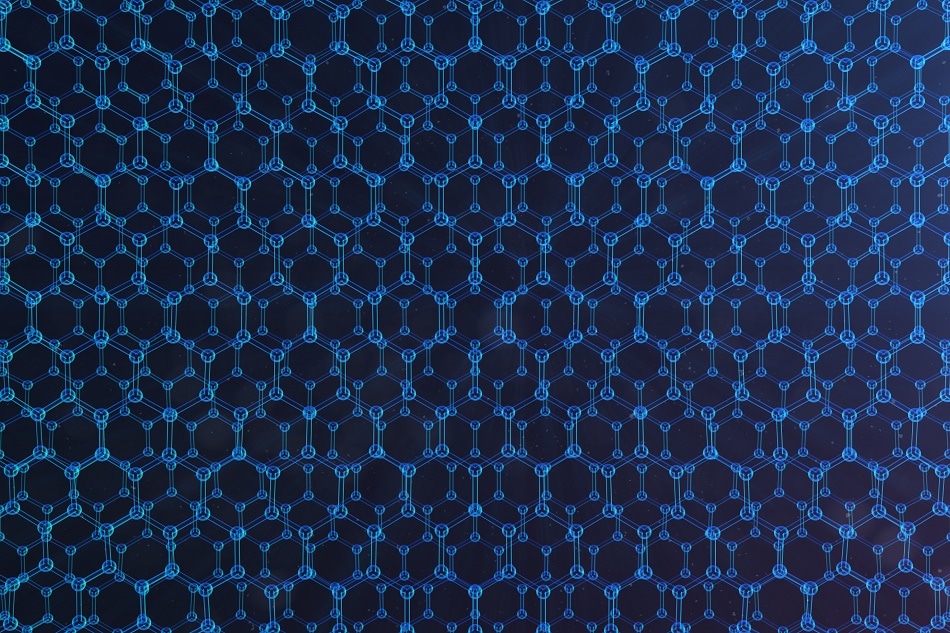
Image Credit: Rost9/Shutterstock.com
Graphene as a material possesses amazing potential due to its unique properties, it has the ability to revolutionize entire industries. Ranging from applications in electronics, energy generation, batteries, sensors and more.
Now, a team of researchers at Iowa State University (ISU) has made significant progress in the development of a graphene-enhanced sensor that can identify organophosphates (such as pesticides) at levels 40 times beneath the U.S. Environmental Protection Agency (EPA) recommendations.
Published in the journal Nanoscale Horizons the research revealed, “The sensors could be designed to detect pathogens in food processing facilities to prevent food contamination,” as stated by Dr. Jonathan Claussen, Project Leader and faculty member of ISU’s Department of Mechanical Engineering.
The sensors could also be used to monitor cattle diseases, for example, before physical symptoms are present. This technique could really be a game changer for a variety of in-field sensing applications that require low-cost but highly sensitive biosensors.
Dr. Jonathan Claussen
The new technology utilizes Salt Impregnated Inkjet Maskless Lithography (SIIML), a process that uses an inkjet printer to reproduce graphene circuits. Thus, the ISU team has created relatively cheap circuits with optimized conductivity. This textured printed graphene surface also has the ability to blend with pesticide-sensing enzymes which increases sensitivity throughout the process of pesticide biosensing.
Since its discovery, graphene is considered to be the world's strongest material and can be used to boost the strength and robustness of other materials. Many studies and researchers have demonstrated that adding even a small amount of graphene to metals, plastics, or other materials makes them much stronger - or lighter.
At just one atom thick, graphene can be incorporated into almost any application requiring enhanced conductivity and makes it an exemplary building block for the development of electronic and sensor-based systems.
The project led by Claussen is being supported by USDA’s National Institute of Food and Agriculture who awarded the ISU team a pair of grants totaling $573,000. The money was used to develop the SIIML technology. The sensors created by the technology can detect contaminants as small as 0.6 nanometers (nM) in length, which is remarkably low, coming in lower than the EPA standard of 24 nM and Canada’s standard of 170 nM.
Claussen says that their sensors are akin to the test strips used by diabetic patients when monitoring glucose levels in their blood. The comparison was made as both the graphene pesticide strip and glucose test strips monitor selected compounds through electrochemical means.
It is important that we quantify insecticide runoff and drift so that we can characterize its long-term effects and find ways to minimize those effects.
Dr. Jonathan Claussen
The distinct benefits of graphene-based components include the absorption of organic molecules on the film's graphene surface, this then ensures accurate monitoring of the sample being tested. The technology can then be scaled for field use to detect much larger samples, including pathogens and other contaminants in soil, fertilizer, food and of course, water.
Claussen also stated that the technology he and his team have invested in, “Is so inexpensive” and could be deployed across an entire field or even farm which would boost efficiency as farmers could control and limit pesticide usage and exactly what is needed.
Furthermore, this reduced the amount of chemical runoff and is advantageous when considering methods of improving the environmental ecosystem. Claussen said that SIIML could, “Improve food safety, from farm to fork.”
Thus, graphene-based sensors could revolutionize industry and food processing facilities when minimizing food contamination. Furthermore, these sensors could have applications to monitor livestock and prevent the spread of disease. This technique could significantly transform in-field sensing applications and solutions that require sensitive biosensors at a low-cost while delivering optimum performance.
Disclaimer: The views expressed here are those of the author expressed in their private capacity and do not necessarily represent the views of AZoM.com Limited T/A AZoNetwork the owner and operator of this website. This disclaimer forms part of the Terms and conditions of use of this website.